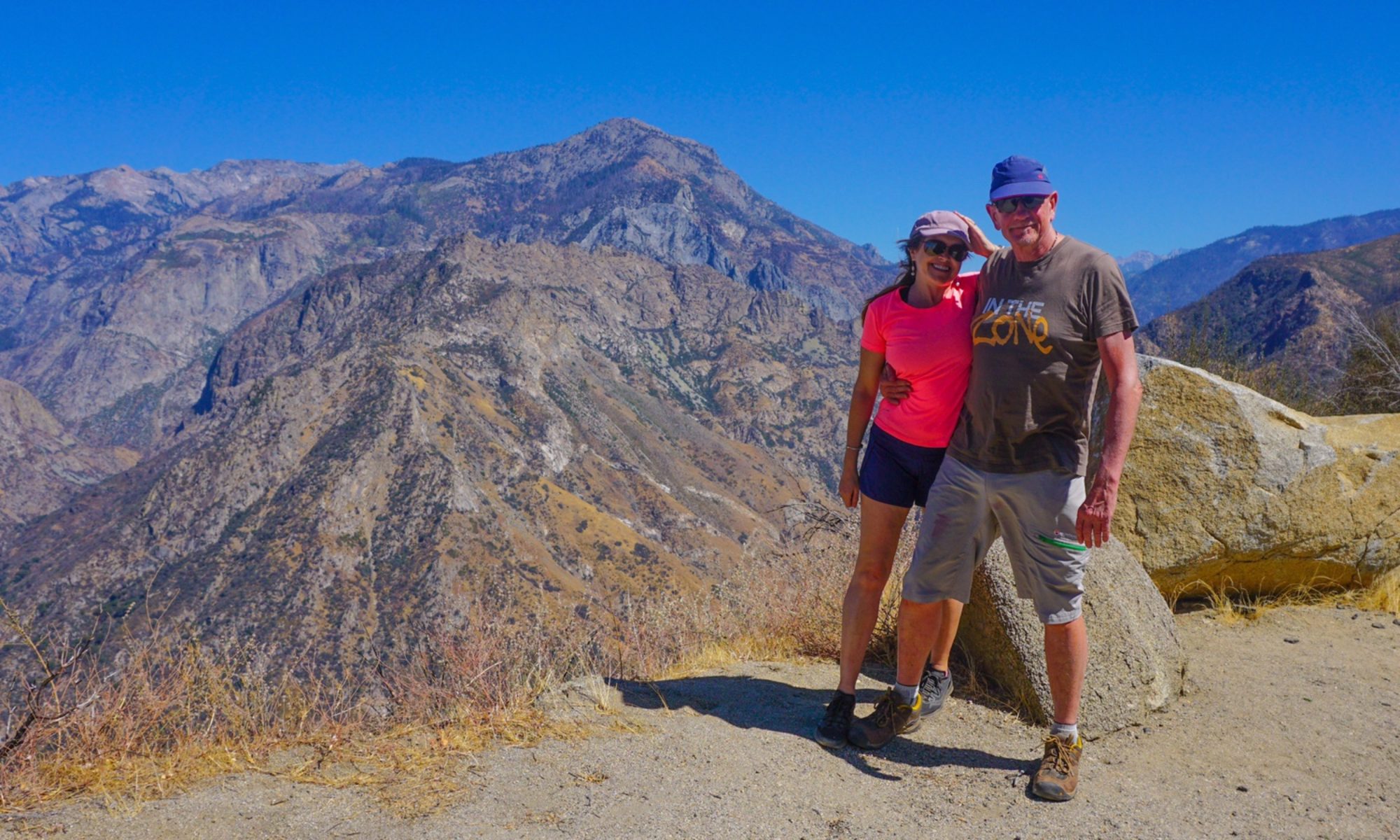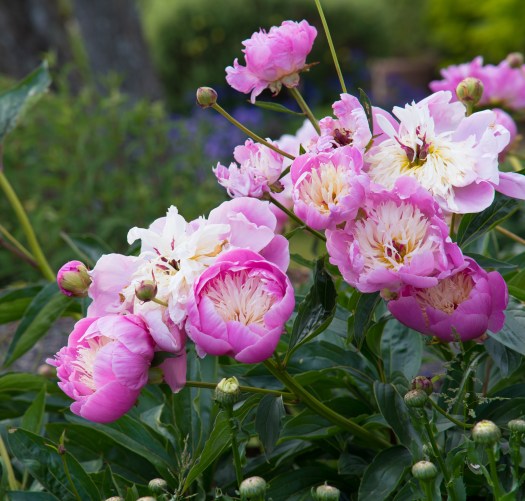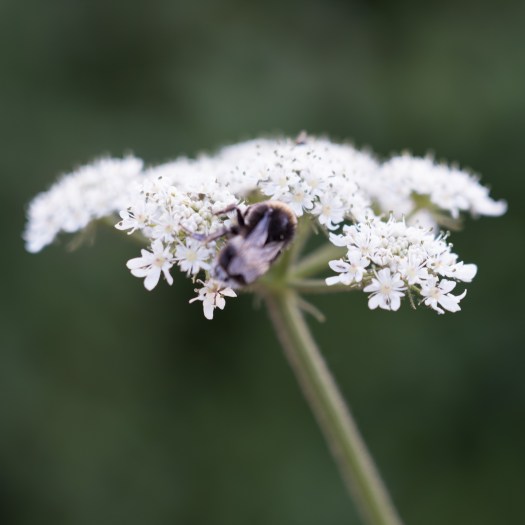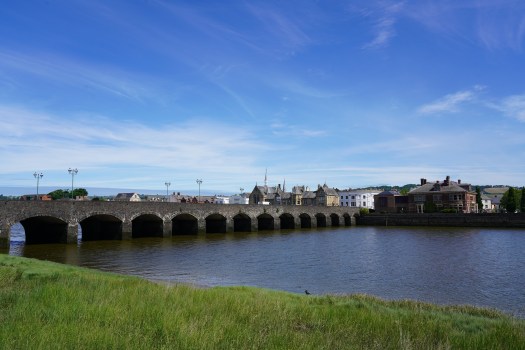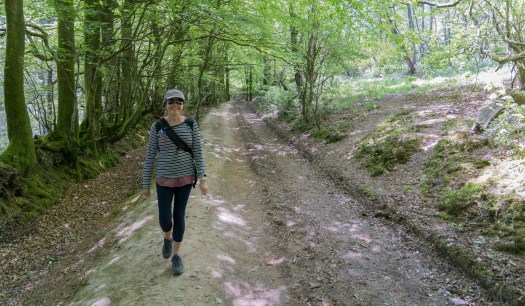Author: Mr A
Location: West Bagborough, Glastonbury, Exmoor & East Quantoxhead, Somerset, UK
We have both commented that the weeks and even months we have been in lockdown seem to be flashing past. I was puzzling about this and remembered reading something about how the perception of time accelerates as we get older. So that may account for why I am expereincing this phenomenon, you chuckle, but how about the “child bride” Catherine, as my friends endearingly have called her?
So here’s my take. One of the reasons that older people do experience the passing of time differently (well documented if you fancy going down that rabbit hole – start at the Wikipedia page) is that for them (“us” if you insist), new events are in shorter supply. We have seen it and done it. Our brains find it no effort to process those routine events, so as we pay less attention time appears to pass more quickly.
In lockdown for us, and I suspect many others, the days pass with little differentiation in activity, and it‘s all low stress, so the brain doesn’t engage too much in deciding which flavour of Pukka tea to have this morning. or do we turn right or left out the gate on our walk today.
However, the last week has brought two new activities into our lives. A book club and family genealogy. One of the things I really miss in lockdown is just shooting the breeze with friends, often over a glass of something. Digital catch ups for me are always more stilted, lacking the comfortableness of being able to pause and reflect, and gauge from body language how the other parties are reacting. Often the subject of conversation is books or article one of us has read, so after starting a particularly good read I decided to float the idea of an online book club amongst these friends. We had our first Zoom based hook up. Given the constraints of the medium it seemed to work for us.
The book chosen was the new best seller from Rotger Bregman, Humankind. Essentially it is an analysis of our basic nature, is it kind or is it cruel? It offers fascinating revisionist history on events and phenomena we thought we knew and understood.

The other new activity that has helped time slow down a little and provide new stimulus, has been researching my family tree. Inspired by cousins of mine and Catherine. Catherine’s cousin Karen has been able to trace back theirs, to the the 1700’s in Orkney. Her family history is full of talented artists, rich merchants and military leaders. Some even have dedicated Wikipedia pages.
In contrast my ancestors (that I’ve tracked so far), have not broken out of the abject poverty of farm labouring, crammed into boarding houses with other families (16 of them in one case) except for a great grandad and uncle who both ran fish and chip shops, which perhaps explains my fascination for a well cooked plate of this English fare. More on this as our respective stories unfold.
I have never shown the slightest interest in my family history to date, I am ashamed to say, but whatever brain chemistry clicked into place during lockdown I’m so glad it did. I’m finding it hugely interesting and so grateful for the discretionary time to tackle it.
However, it hasn’t been all indoor sports, and our usual diet of walks only briefly held back by more typical changeable weather. We decided to check out Glastonbury, famous for its namesake the Glastonbury Festival, which isn’t actually held near the town, and that pretty much says it all. We found it an uninspiring, slightly run down place full of New Age nonsense shops (sorry but.. really…), however the local bakery did catch my attention!

The pubs were all still closed, but one caught Catherine’s eye given its distinctive facade. It turns out to be the oldest in south-west England.


We quickly donned our boots and escaped the thundering lorries that sadly hadn’t yet been routed out of the High Street in this town and dashed up the hill that rises up over the flat surrounding countryside of the Somerset Levels. Glastonbury Tor is a natural hill emanating of erosion, although a lot of twaddle has been written by New Age “scholars” about the function of the terraces that wind up its steep slope. I’m not going to even credit them by repeating what they say. The actual archaeology of the site does though remain clouded in the mists of the Neolithic though, like so much of our history from that period. For us it was sufficient to sit with our mugs of tea and quietly contemplate the fabulous 360 degree views.







With the novelty of inclement weather, we did an afternoon’s drive around the lanes and villages of Exmoor, our first excursion to this area. While it was a little too wet and cold to do too much walking, we did enjoy the sights, and managed to find a cute little deli in the village of Dunster that we’re sure to return to.


One walk that will forever remain in my mind from this week was the coastal ramble that forms a very tiny part of the “English Coast Path” (how did they think of that one?). I had no idea England had a path all the way round it..and it doesn’t…yet. When completed, in theory this year (in practice I doubt it, with the competition for funding in the recession that is going to hit the UK hard) it will be 2,795 miles in length (around 4,500 km).
Currently, various sections are open (click here for more details) and conveniently one of them is on our doorstep. I think this area must be one of the most well served in the world by long distance trails for walking and riding, quite amazing and a credit to the foresight of several governments, and the popularity here of getting out into this beautiful countryside.
We started our walk from a car park at East Quantoxhead, a small settlement a little way back from the coast. It was our first time on a bit of grass since we had our awning fitted in March, so much to the amusement of our fellow car park neighbours we rolled it out to check all was working.

Looks pretty good, however it‘s a reminder of our aborted plan to have spent the summer cruising through the hot climates of Spain and Portugal. We quickly roll it up again and put that thought behind us.


We wandered up to the cliff edge and gazed down the coast. I really can’t remember such a heart lifting view. We overhead a fellow walker exclaim “It looks more like a picture than real life”, and he wasn’t wrong.

The pebbly beach was pretty busy as there was a car park close, but as usual once again, no more than a 10 minute walk from the reach of a car and the population thins out to a spattering of smiling fellow trampers.




Wild flowers, including orchids, were everywhere, the Quantock Hills, providing a stunning backdrop. No wonder this was the first place in the UK to be given a classification of Area of Outstanding Natural Beauty.



So we think our time here is drawing to a close, our little cottage is rented from July 12th, so we have to be out by then, but there’s no date yet for campsites to reopen, so that‘s introducing some challenges to our forward planning! Fingers crossed the government gets its new guidelines for them out in time, but its looking less likely I think.






